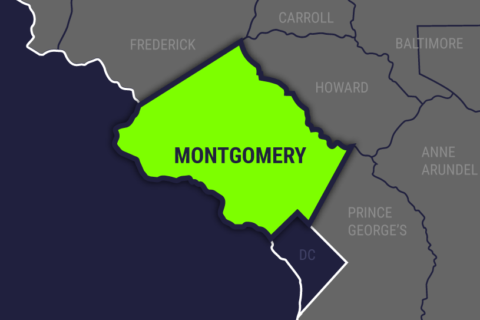WASHINGTON — Game-changer. Diversify the region’s economy. Entire region wins.
That’s what the D.C. region’s leaders have been saying about the possibility that Amazon could locate its second headquarters here, bringing with it 50,000 high-paying jobs that could fuel the region’s economy for decades to come.
The possibility is intoxicating. But what if the online retail giant/tech juggernaut actually moved here to the nation’s capital — where housing costs are already high, and commuters suffer some of the nation’s worst congestion daily and have fled the troubled local transit system?
What could the region’s residents expect should Amazon locate here?
Not all 50,000 workers would move here at once, said Stephen Fuller, an economist at George Mason University. Amazon would likely ramp up its staffing a few thousand employees at a time.
That gradual phase-in — possibly over 10 to 15 years — would give local governments time to plan for more seats in classrooms, more housing, and changes to the transportation network, local leaders and planners said.
And not all of those workers would relocate here. Many of them already live and work in the D.C. region and would be snagged away from their existing employers for the chance to work for one of the fastest-growing companies in the world, Fuller said.
“We’re used to adding jobs in large numbers,” he said.
The region has added more jobs than what Amazon has proposed each of the last three years — 56,000 jobs were added to the regional economy in 2017 alone, Fuller said.
That fast growth in jobs has outpaced the housing market, leading to the region’s higher housing prices, Fuller said.
The arrival of Amazon would put pressure on the local housing market. And any pitch to Amazon should include how the region would address housing to ensure an adequate supply for decades to come, he said.
“Part of our proposal has to be how we are going to provide the capacity to guarantee the quality of life they want,” Fuller said. “They want to be in a vibrant community, a region that is going to be viable and attractive for their business for the long haul.”
Housing and schools
The good news is the region is already home to densely populated, walkable, transit-accessible neighborhoods that double as employment and entertainment centers, said Paul DesJardin, a community planning and services director with the Metropolitan Washington Council of Governments. It’s the type of community that Amazon has suggested it is seeking.
Amazon’s vision for its ideal location fits in with the type of housing policy that planners like DesJardin have been pushing for since the late 1990s. He estimates that at least half, but possibly as much as two-thirds, of the region’s future growth will take place in such communities, he said.
These mixed-use communities can be found in places like Bethesda, NoMa, Reston Town Center and Tysons Corner, DesJardin said.
Still, all types of housing and communities would be needed to accommodate the roughly 150,000 people — including spouses and children — that Amazon might eventually draw to the region.
“There would be the need for housing, which is a challenge that we have been working on here at the Council of Governments for many years. We clearly recognize the need for housing at all price points — and not just at the right price point but in the right location,” DesJardin said.
Those future workers would also probably choose to live throughout the region — in addition to those who choose to live near Amazon offices, DesJardin said.
And their children, he said, would also attend schools spread across the region, making it easier for school systems to add seats for those extra students.
As many as 50,000 children could be added to the rosters of area schools, DesJardin said.
Metro and transportation
And then there is Metro.
“This whole thing isn’t going to work if Metro isn’t working,” said Anthony Williams, the former D.C. mayor who now leads the Federal City Council.
The civic group has advocated for Metro reforms, including shrinking its governing board and giving the transit system the ability to borrow money to pay for needed improvements.
“[Amazon] certainly gives this effort a sense of propulsion and urgency it didn’t have before, no question,” Williams said.
But landing a major corporation like an Amazon could also fuel long-range transportation projects like high-speed rail — which would help extend the reach of Amazon employment far beyond the D.C. area, Williams said.
Any changes to the region’s transportation networks would depend on the specific site where Amazon might choose to build. But Amazon has been clear that it expects that location to have transit service, said Tim Canan, who leads the Council of Governments’ data and research for transportation program.
The region will also have to build a transportation network to accommodate the needs of those new workers, regardless of their vehicle choice — bike, car, train or bus, Canan said.
Many of the locations pitched to Amazon are located along Metro lines, including the Shaw-Howard University neighborhood in D.C. and the Fairfax-Loudoun line in Northern Virginia. Montgomery County sites could potentially offer access to both Metro and the future Purple Line.





